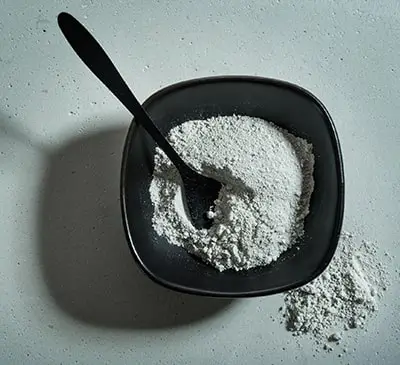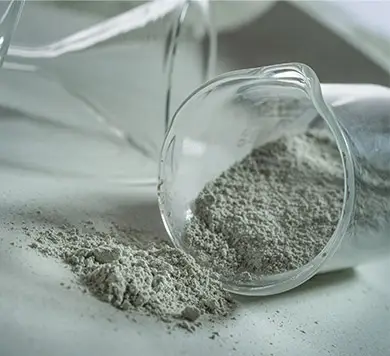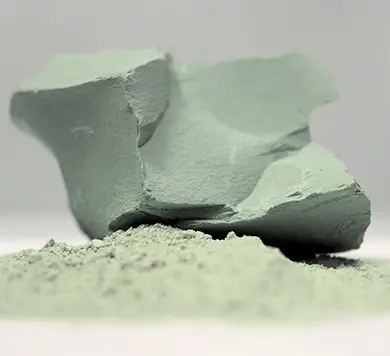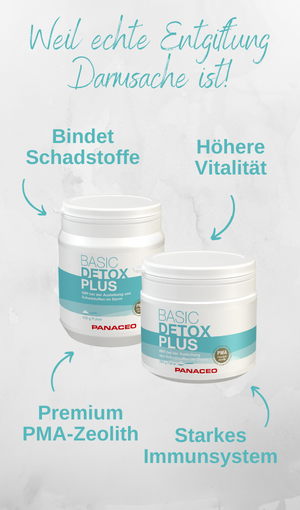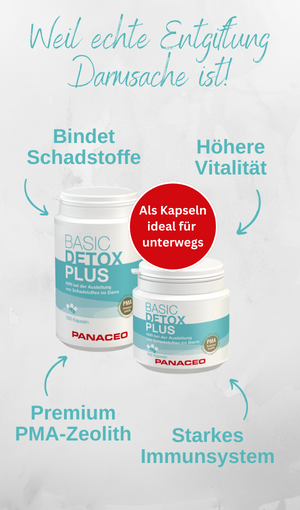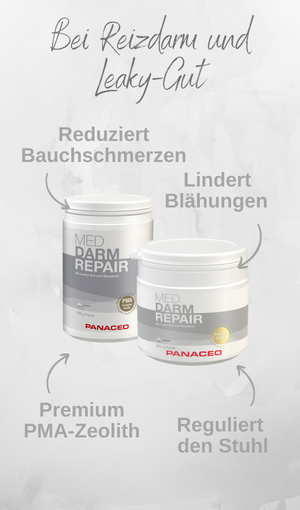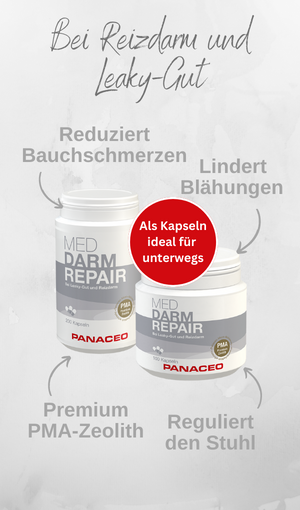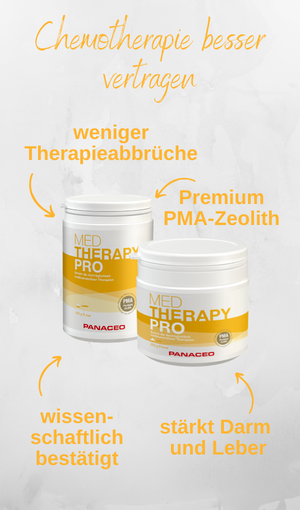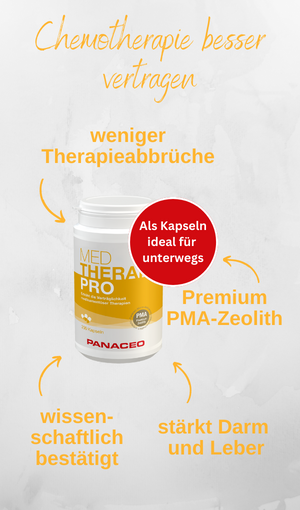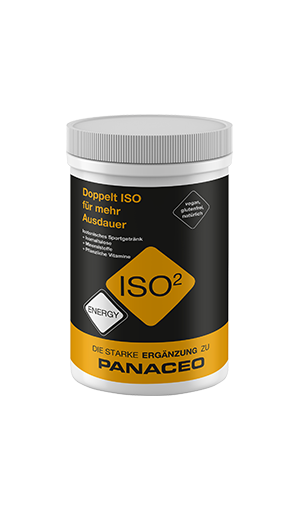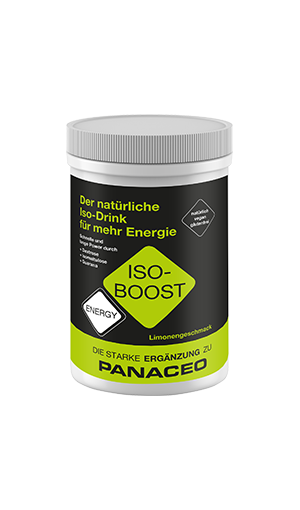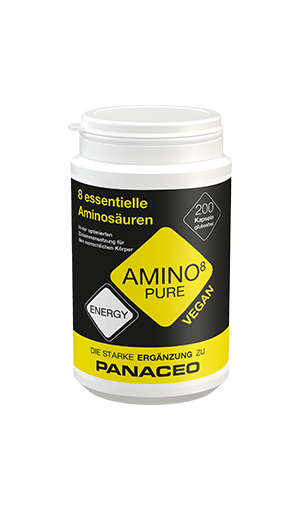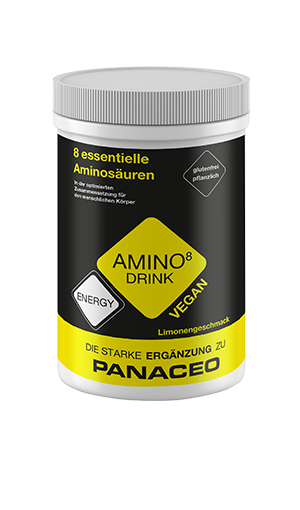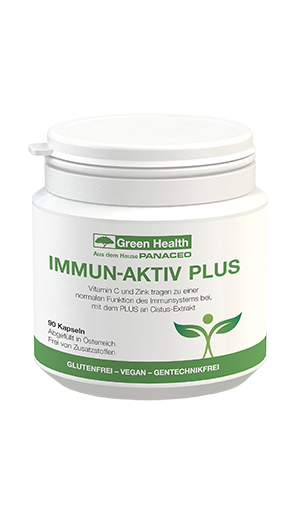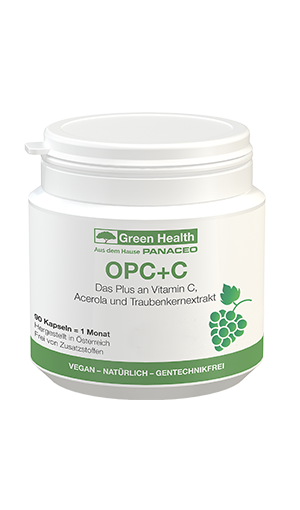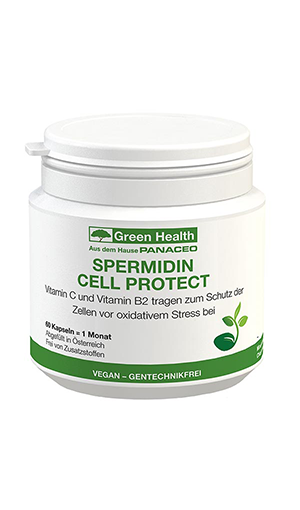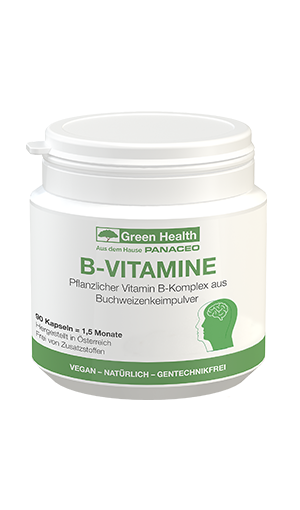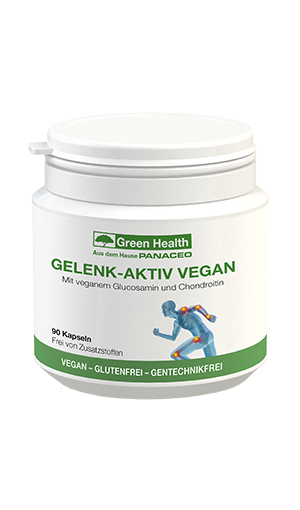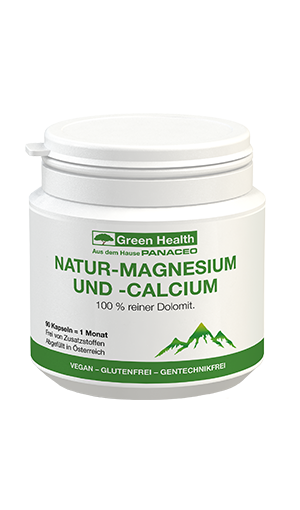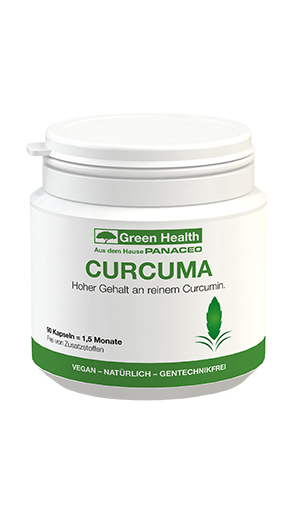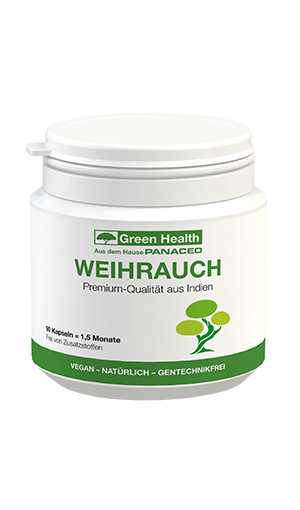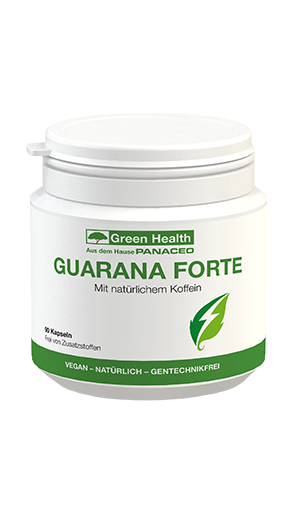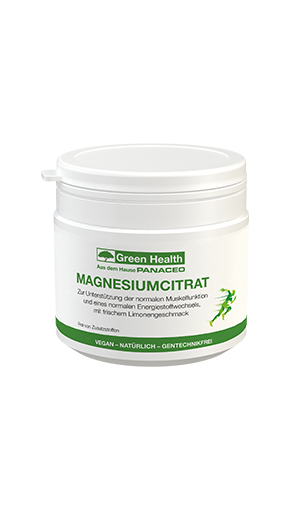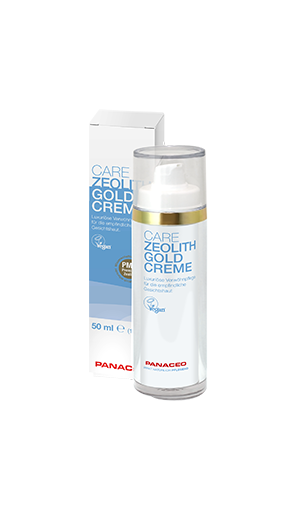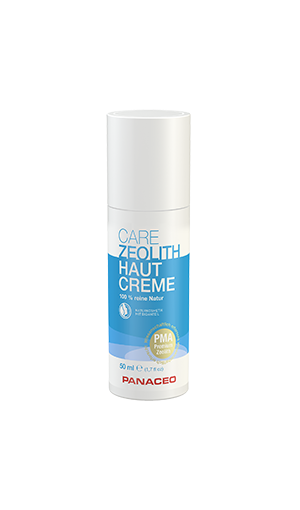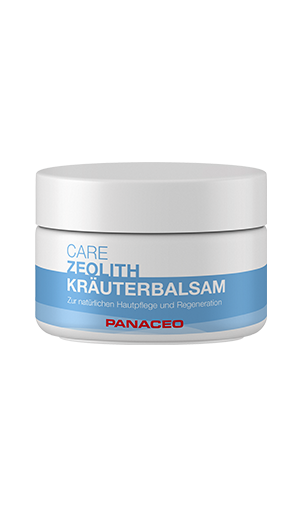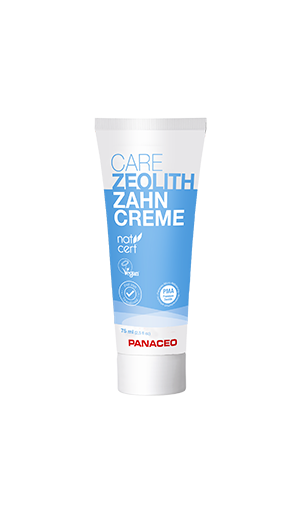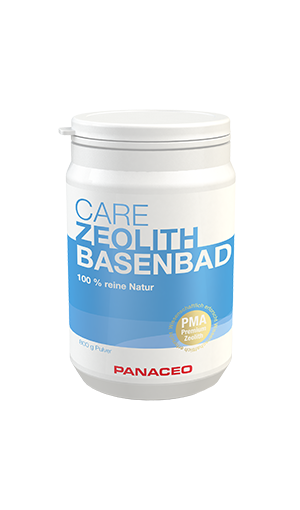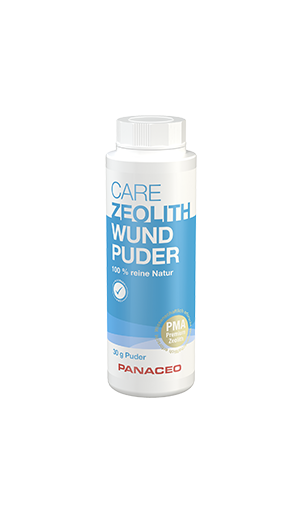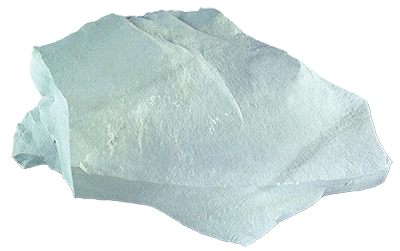What is Zeolite?
A unique natural treasure
Whether for stress and exhaustion, stomach complaints, susceptibility to infections or increased exposure to harmful substances - the volcanic mineral PMA zeolite from PANACEO supports your body. The 100% natural medicinal product has been proven to bind certain harmful substances in the intestines, detoxifying the intestines and regenerating and strengthening the intestinal mucosa.
The discovery of the volcanic mineral zeolite
This tuff rock still characterises landscapes all over the world today. Whether in Greece, northern Siberia or on the volcanic island of Tenerife, whether in Anatolia or Australia, in North or South America - there are huge deposits of zeolite around the globe. It was discovered relatively recently by medical researchers. It is of particular interest to human medicine because of one property in particular. The minerals can very effectively bind certain substances, such as heavy metals or the body's own toxins. A suitable selection of such a volcanic rock therefore offers people the chance to effectively protect themselves from environmental pollution.
Ever since the Swedish mineralogist Baron Axel A. F. Cronstedt discovered the natural mineral in 1756 and gave it the name "zeolite", 60 natural zeolite variants have been discovered. No two are the same. For example, there are crystalline, flaky and phase-like zeolites.
The versatile zeolite: Always and everywhere in use
The industry quickly discovered zeolite as a versatile material. Depending on the properties of the mineral, it is utilised and used for a wide variety of purposes. Whether in agriculture as a mineral-rich soil conditioner or for the production of lightweight concrete or paper - zeolite serves well in a wide variety of areas. Its positive properties are fully utilised in environmental protection. Every day, for example, it helps to purify exhaust air - in catalytic converters - or to treat water. It also proved its unique ability to bind toxins after the reactor accident in Chernobyl in 1986 and the Fukushima disaster in 2011.
As zeolites are so versatile, it is not surprising that companies began to produce the coveted raw material artificially. More than 100 different synthetic zeolites are used for a wide variety of tasks, depending on their composition and properties.
How does detoxification work?
The ability of zeolite to bind toxins also aroused the interest of medical researchers. In addition to the effective and ideally exclusive binding of certain harmful substances, a zeolite for medical use must also have other properties. It must be completely safe to use under the conditions in the human body. Only the crystalline zeolite clinoptilolite combines the requirements of effectiveness and safety. It specifically binds ammonium and a selection of certain heavy metals such as lead and arsenic. This biophysical effectiveness is due on the one hand to the special chemical composition of the lattice and on the other to its special structure. There are countless holes and channels between the honeycomb-like crystalline framework. The pollutant ions are drawn into these cavities like a powerful hoover. In return, the minerals already stored in the cavities have to give way. However, this ion exchange effect only occurs with a small selection of ions that interact with the zeolite in a particular way. Only these can displace the already bound minerals. This kills two birds with one stone: firstly, the intestines are freed from harmful substances. On the other hand, the organism is provided with minerals and trace elements in exchange.
Very different: Zeolite, bentonite and healing earth
The volcanic mineral zeolite clinoptilolite has a strong detoxifying effect due to these biophysical properties and therefore stands out from other natural means of intestinal detoxification. The volcanic earth bentonite and the healing earth each have a different structure. Bentonite consists of various minerals such as feldspar, mica and quartz. The main component is the layered silicate montmorillonite, a clay material. In contrast to the volcanic mineral zeolite, which has a crystalline framework structure, the volcanic earth bentonite has a layered structure. Healing clay also has a different composition and structure to PMA zeolite. The mineral powder, which is extracted from loam, clay or bog soil, consists mainly of aluminosilicates and contains different minerals depending on the area of extraction. To date, neither the detoxifying effect of bentonite nor of healing earth has been proven by studies. Bentonite stores liquids in its layers, thereby increasing the stool volume and can stimulate digestion. There is no evidence of a selective detoxifying effect in humans. There is also no such proof for healing clay, the exact mode of action of which has not yet been fully clarified. What is certain is that the mineral mixture in healing earth has a much more varied composition than in bentonite and zeolite and that healing earth releases minerals into the body to a much greater extent than the two volcanic minerals.

